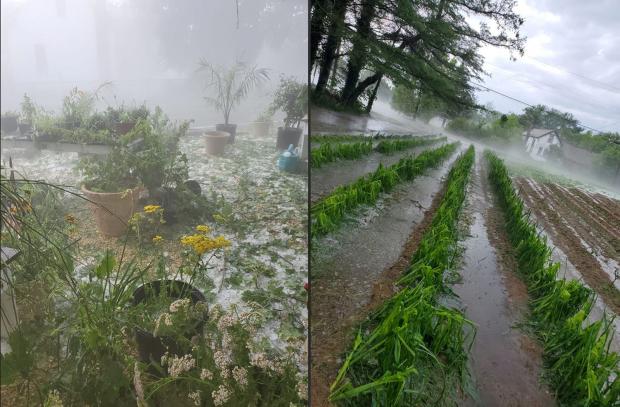Transition Complete: May and Spring 2022 Recaps

Many across NJ wondered if the incessant back and forth of weather conditions from early spring into May would ever cease and the more consistent warmth of late spring would arrive and persist. It took time this year, with a cool, damp start to May that included a nine-day interval of almost continuous onshore easterly flow. Come mid-month the seasonal transition was finally complete, and daytime highs mostly remained above 70° away from the coast and higher elevations. This included two episodes where temperatures exceeded 90°. Whether it was cool or warm, rainfall was rather plentiful through most of the month. Seven events produced an inch or more at multiple locations, two of which found some spots exceeding 3.00”.
The statewide average temperature was 63.3°. This is 2.1° over the 1991–2020 normal and ties as the 14th mildest May since 1895. The average maximum of 73.6° was 1.3° above normal and ranked 35th mildest while the average minimum of 53.0° was 2.8° above normal, ranking 7th mildest. Regionally, the north division came in at 62.0° (+2.1°, 15th mildest), the south 64.3° (+2.1°, tied with two others at 13th), and coast 62.4° (+1.4°, tied with one other at 20th).
Rainfall averaged 5.37” across NJ. This is 1.62” above normal and ranks as the 23rd wettest May of the past 128 years. Even with the Highlands being somewhat dry, the north was wettest at 5.98” (+1.96”, 18th wettest). The south averaged 5.03” (+1.43”, 25th), despite the far south being on the dry side. The coast came in with 4.77” (+1.26”, 26th).



